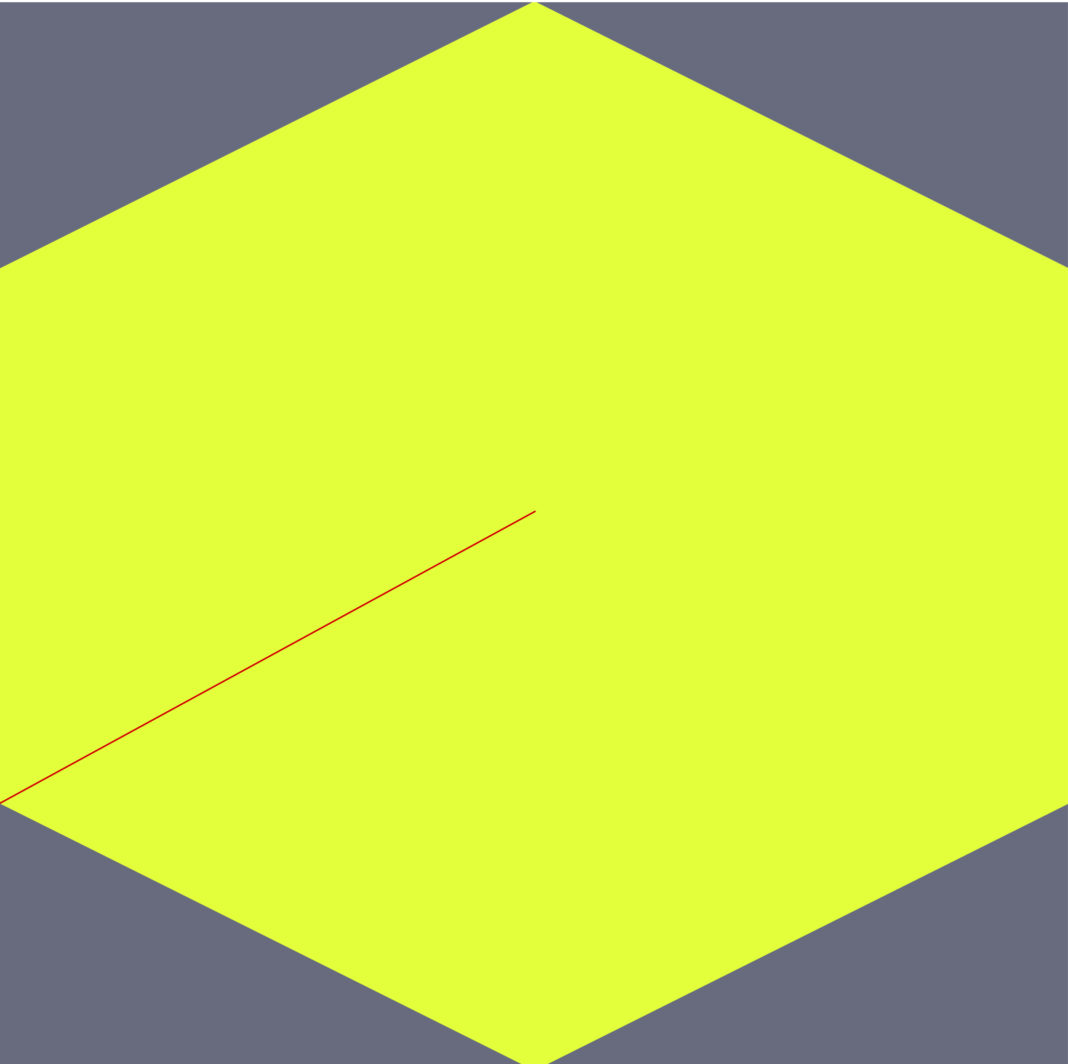NON-OBJECTIVE ART
Non-objective art defines a type of abstract art that is usually, but not always, geometric and aims to convey a sense of simplicity and purity
The Russian constructivist painters Wassily Kandinsky and Kasimir Malevich and the sculptor Naum Gabo were pioneers of non-objective art. It and was inspired by the Greek philosopher Plato who believed that geometry was the highest form of beauty.
Non-objective art may attempt to visualise the spiritual and can be seen as carrying a moral dimension, standing for virtues like purity and simplicity. In the 1960s a group of American artists, including Sol LeWitt and Donald Judd, embraced the philosophy of non-objective art. By creating highly simplified geometric art out of industrial materials they elevated these to an aesthetic level. Their work became known as minimal art.
What Is the Definition of Non-Objective Art?
By Beth Gersh-Nesic
Non-objective art is abstract or non-representational art. It tends to be geometric and does not represent specific objects, people, or other subjects found in the natural world.
One of the best-known non-objective artists is Wassily Kandinsky (1866–1944), a pioneer of abstract art. Though paintings like his are most common, non-objective art can also be expressed in other media as well.
Defining Non-Objective Art
Quite often, non-objective art is used as a synonym for abstract art. However, it is a style within the category of abstract work and the subcategory of non-representational art.
Representational art is designed to represent real life, and non-representational art is the opposite. It is not meant to depict anything found in nature, instead relying on shape, line, and form with no particular subject. Abstract art can include abstractions of real-life objects such as trees, or it can be completely non-representational.
Non-objective art takes non-representational to another level. Most of the time, it includes geometric shapes in flat planes to create clean and straightforward compositions. Many people use the term “pure” to describe it.
Non-objective art can go by many names, including concrete art, geometric abstraction, and minimalism. However, minimalism can be used in other contexts as well.
Other styles of art are related or similar to non-objective art. Among these are Bauhaus, Constructivism, Cubism, Futurism, and Op Art. Some of these, such as Cubism, tend to be more representational than others.
Characteristics of Non-Objective Art
Kandinsky’s “Composition VIII” (1923) is a perfect example of non-objective painting. The Russian painter is known as one of the pioneers of this style, and this particular piece has the purity that best represents it.
You will notice the careful placement of each geometrical shape and line, almost as if it were designed by a mathematician. Though the piece has a sense of movement, no matter how hard you try, you will not find meaning or subject within it. Many of Kandinsky’s other works follow this same distinct style.
Other artists to look for when studying non-objective art include another Russian constructivist painter, Kasimir Malevich (1879–1935), along with the Swiss abstractionist Josef Albers (1888–1976). For sculpture, look to the work of Russian Naum Gabo (1890–1977) and British Ben Nicholson (1894–1982).
Within non-objective art, you will notice some similarities. In paintings, for instance, artists tend to avoid thick texture techniques like impasto, preferring clean, flat paint and brushstrokes. They may play with bold colors or, as in the case of Nicholson’s “White Relief” sculptures, be completely devoid of color.
You will also notice a simplicity in perspective. Non-objective artists are not concerned with vanishing points or other traditional realism techniques that show depth. Many artists have a very flat plane in their work, with few things to indicate that one shape is nearer or farther away from the viewer.
The Appeal of Non-Objective Art
What draws us to enjoy a piece of art? It is different for everyone, but non-objective art tends to have a rather universal and timeless appeal. It does not require the viewer to have a personal relationship with the subject, so it attracts a broader audience over many generations.
There is also something appealing about geometry and the purity of non-objective art. Since the time of the Greek philosopher Plato (ca 427–347 BCE)—whom many would say inspired this style—geometry has fascinated people. When talented artists employ it in their creations, they can give new life to the simplest of forms and show us the hidden beauty within. The art itself may seem simple, but its impact is great.














